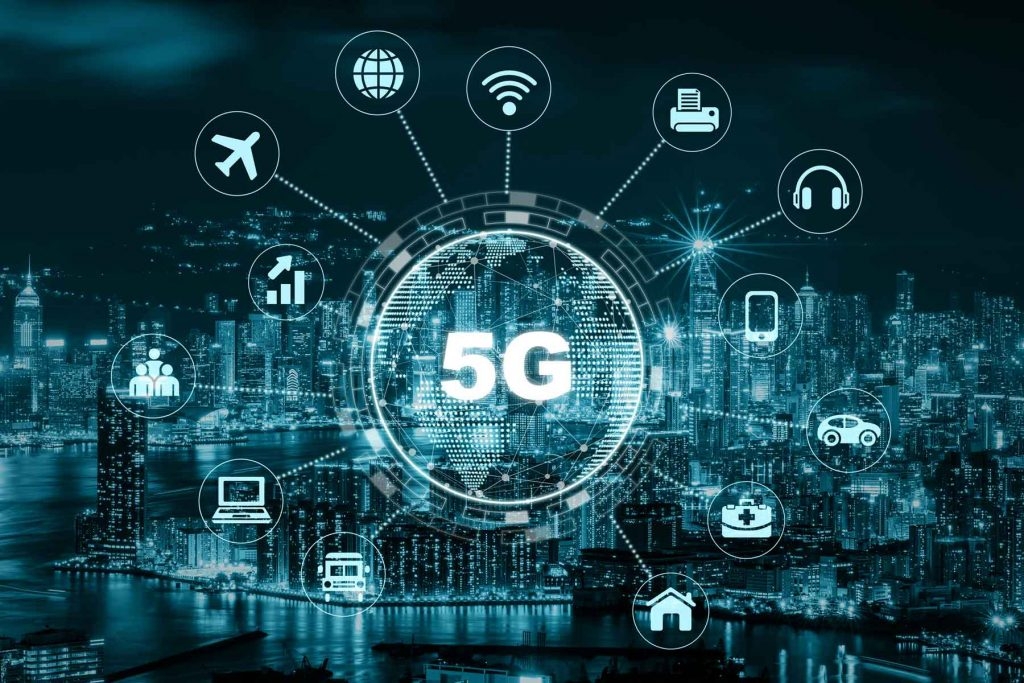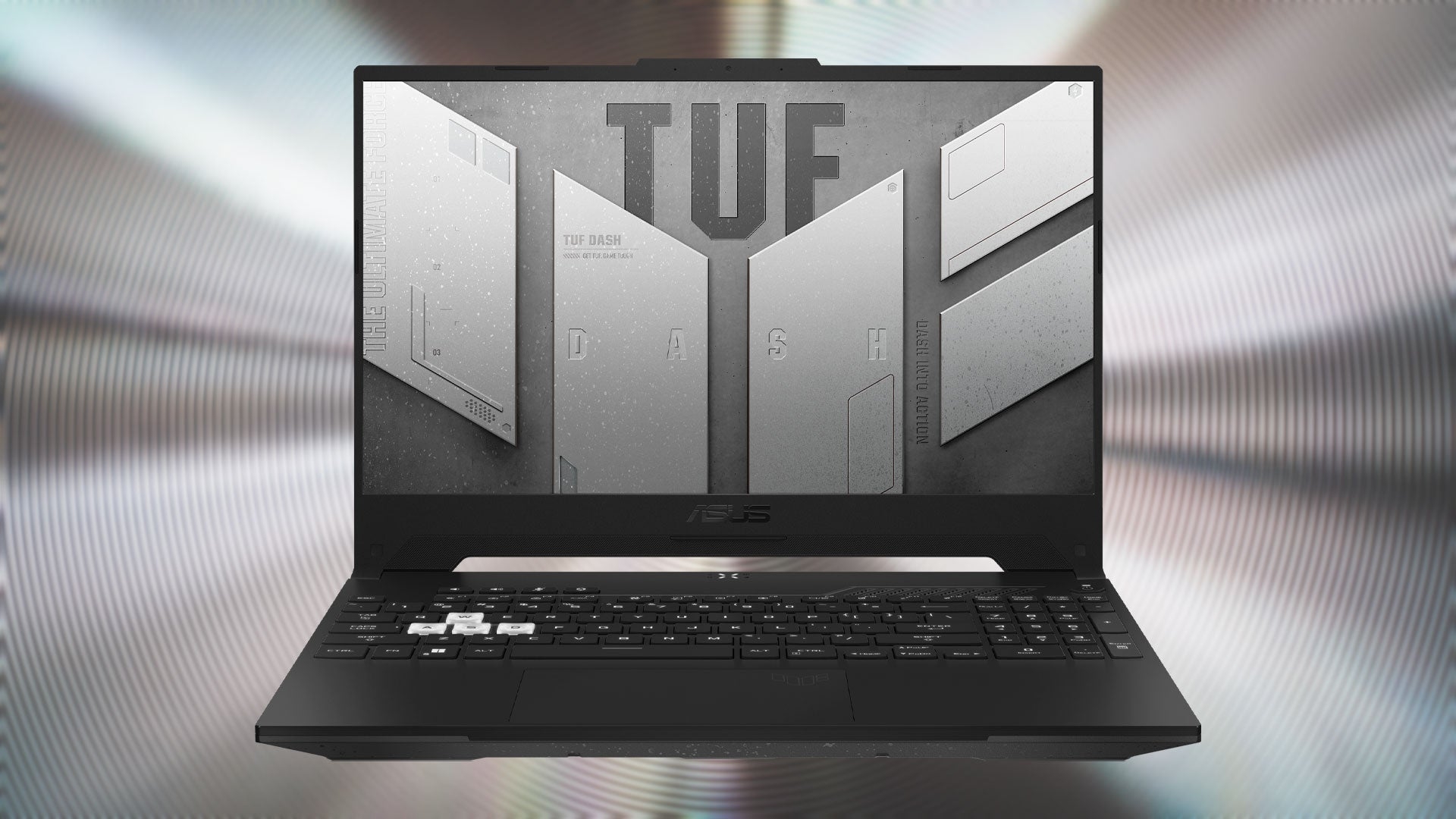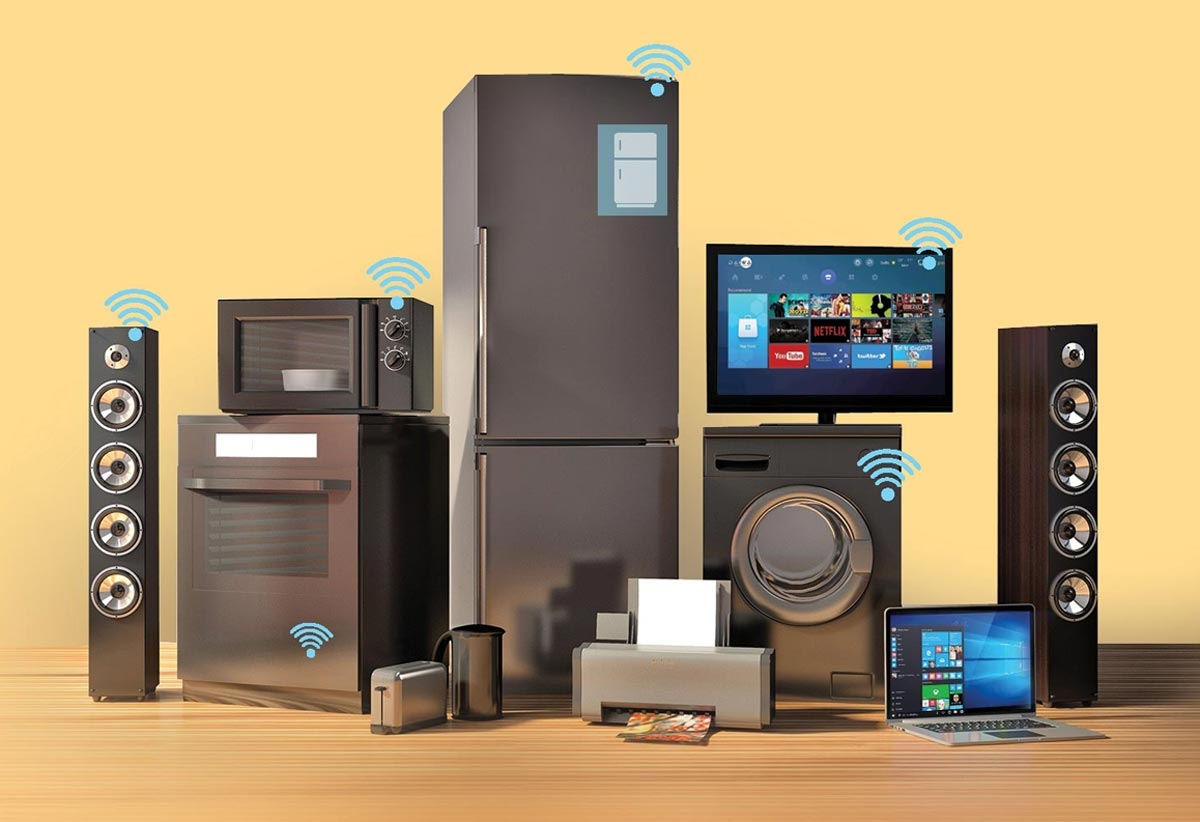5G Networks: 5G networks are the fifth generation of mobile network technology, following 4G. They promise faster speeds, lower latency, and better connectivity, impacting a variety of industries and technologies. Here's a deeper look at 5G:
Key Features of 5G Networks:
-
Faster Speeds:
-
Data Transfer: 5G can offer speeds up to 100 times faster than 4G, with potential download speeds of up to 10 Gbps. This means quicker downloads, smoother streaming, and the ability to handle more data-intensive applications, such as 4K/8K video streaming or augmented/virtual reality (AR/VR).
-
-
Lower Latency:
-
Instantaneous Communication: 5G reduces latency (the delay between sending and receiving data), bringing it down to as low as 1 millisecond compared to 30-50 milliseconds on 4G. This is crucial for applications that require real-time responses, such as self-driving cars, remote surgery, or live gaming.
-
-
Increased Capacity:
-
5G can support a much higher number of connected devices per square kilometer. It’s expected to handle up to 1 million devices per square kilometer, which is perfect for the Internet of Things (IoT) and smart cities, where millions of devices will need to communicate simultaneously.
-
-
Network Slicing:
-
5G allows for the creation of virtual networks, known as network slicing, where specific parts of the network are dedicated to particular use cases. For example, a slice for autonomous vehicles might prioritize low latency, while a slice for streaming services could prioritize high bandwidth.
-
-
Improved Reliability:
-
With the 5G infrastructure, you can expect more reliable connections even in densely populated areas or places where there are lots of obstacles (like tunnels or skyscrapers).
-
-
Faster and more reliable than 4G, 5G promises to enable technologies like autonomous vehicles, smart cities, and the Internet of Things (IoT) on a large scale
,




